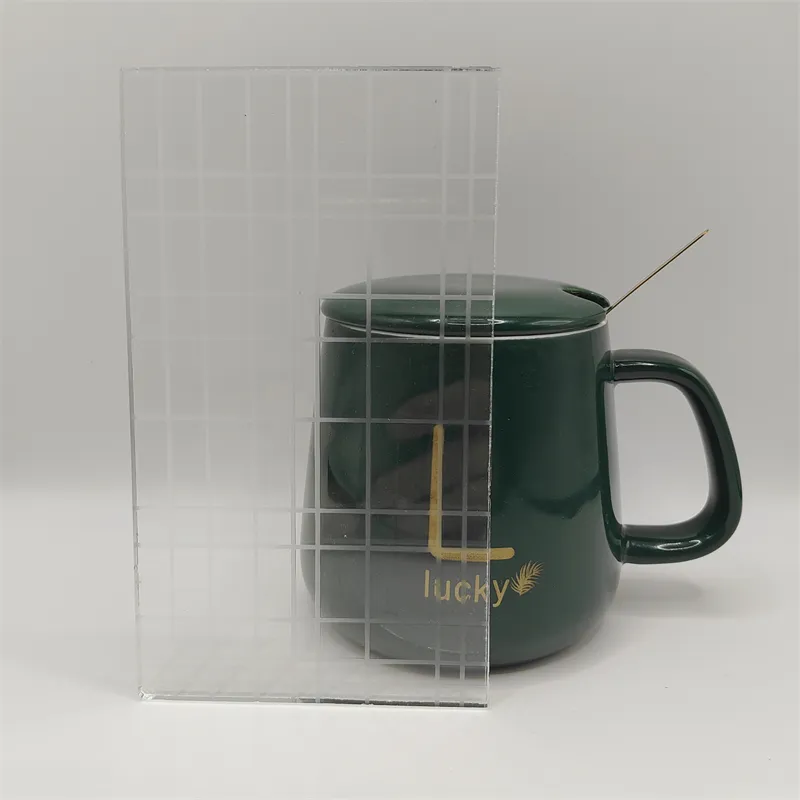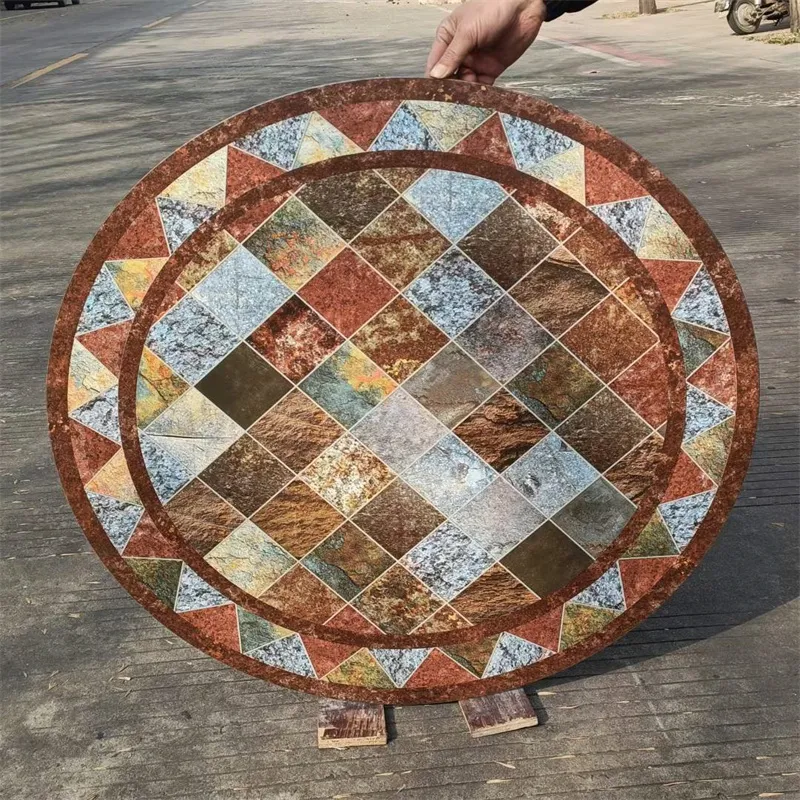Aug . 30, 2024 04:40 Back to list
Architectural Glass Panels - Innovative Solutions for Modern Designs
Architectural Glass Panels Transforming Modern Spaces
Architectural glass panels have emerged as a transformative element in contemporary design, redefining the boundaries between interior and exterior spaces. These sleek and versatile panels not only enhance aesthetic appeal but also contribute significantly to sustainability and functionality in architecture.
One of the most compelling features of architectural glass panels is their capacity to maximize natural light. In an era where energy efficiency is paramount, buildings equipped with expansive glass facades reduce the need for artificial lighting during the day, thereby lowering energy consumption. The aesthetic impact of abundant natural light cannot be overstated; it creates a sense of openness and tranquility while offering stunning views of the surrounding environment.
Beyond their visual appeal, architectural glass panels can be engineered to meet specific performance requirements. Modern advancements in glazing technology allow for various treatments, such as low-emissivity (low-e) coatings, which improve thermal insulation and reduce glare. This means buildings can remain comfortable year-round, regardless of climate conditions. Additionally, tinted or reflective glass panels can mitigate solar heat gain, further enhancing energy efficiency.
architectural glass panels

Safety and durability are also critical considerations in the use of architectural glass. Laminated and tempered glass options provide robust resistance to impact and weather-related challenges, ensuring that structures maintain their integrity over time. This reliability makes glass a preferred material for both residential and commercial applications, from skyscrapers to shopping centers.
Architectural glass panels also offer unparalleled design flexibility. They can be customized to various shapes, sizes, and finishes, enabling architects to create unique and visually striking configurations. Whether used in curtain walls, balcony railings, or interior partitions, glass panels allow for creative expressions that challenge traditional building norms.
Furthermore, the sustainability aspect cannot be overlooked. Many architectural glass panels are made from recycled materials and can be recycled at the end of their life cycle. This commitment to sustainability helps create greener buildings that align with the increasing demand for environmentally responsible practices in architecture and construction.
In conclusion, architectural glass panels represent a fusion of beauty, functionality, and sustainability. As technology continues to evolve, these panels will undoubtedly play an even more significant role in shaping the future of architectural design, making spaces brighter, safer, and more environmentally friendly. The future of architectural design is indeed transparent, one glass panel at a time.
-
Safety and Style with Premium Laminated Glass Solutions
NewsJun.24,2025
-
Reinvents Security with Premium Wired Glass
NewsJun.24,2025
-
Premium Float Glass Line for Modern Architecture
NewsJun.24,2025
-
Low Emissivity Glass for Energy-Efficient Architecture
NewsJun.24,2025
-
High-Performance Insulated Glass Solutions for Modern Architecture
NewsJun.24,2025
-
Elevates Interior Style with Premium Silver Mirror
NewsJun.24,2025
Related PRODUCTS














